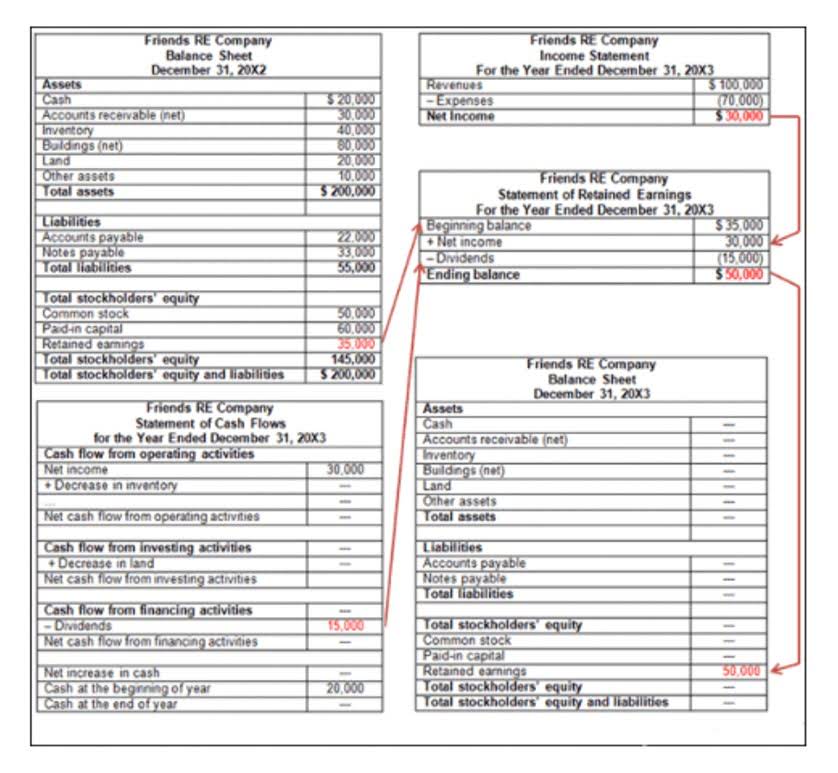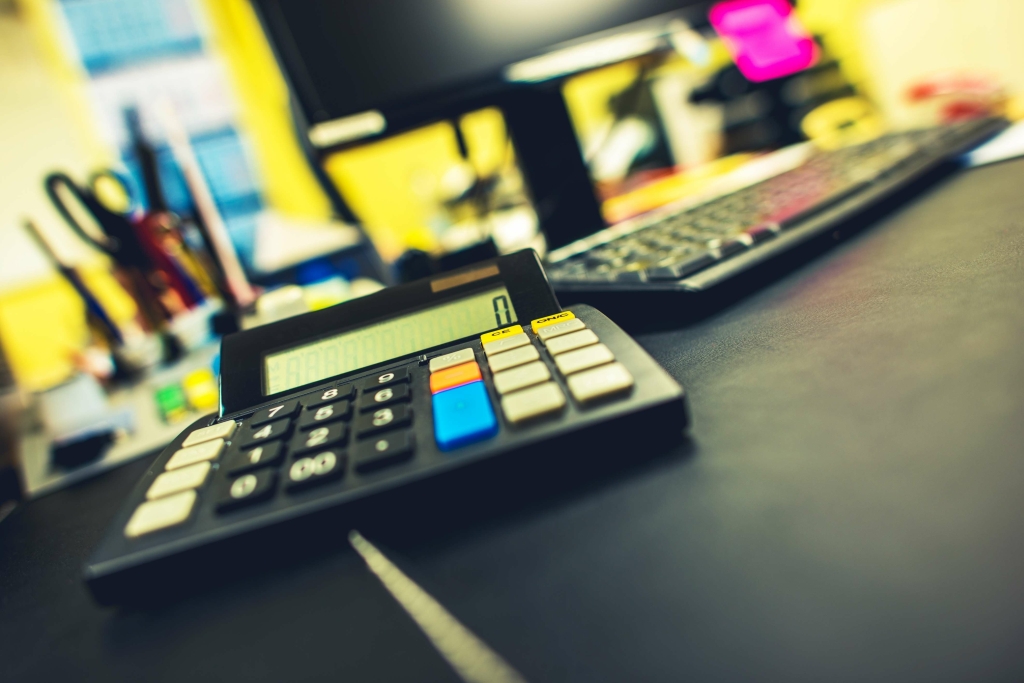Control Account in Project Management: Example & How to Measure

Besides this, control accounts help confirm reconciliation mechanisms for differences in the account balances as per periods. The general ledger account that sums the subsidiary accounts is said to control the balances that are reported in the ledger. This makes sense because the subsidiary accounts are not directly reported in the GL. They are summarized and posted to the control account that in turn appears in the GL. In this way, the controlling account really does dictate what appears in the GL and what is reported on the financial statements. For example, “accounts receivable” is the controlling account for the accounts receivable subsidiary ledger.
- The control account keeps the general ledger free of details, but still has the correct balance for preparing the company’s financial statements.
- The control account keeps the general ledger clean of details, but contains the correct balances used for preparing a company’s financial statements.
- They show the balance of transactions detailed in the corresponding subsidiary account.
- This section will look at the transactions for Fooz Ball Town and how to post to subsidiary ledgers for accounts receivable and accounts payable.
- With the double-entry accounting system, accounts receivable, and accounts payable are the common types of control accounts.
- At last, you can make a controlling account by putting ending balances of subsidiary accounts.
Trial Balance
Control accounts provide a résumé of all the individual accounts in the sales and purchases ledger. They give us a total which can be presented in a business’ statement of financial position. They’re also a means of double checking accounts, to make sure no mistakes have occurred. Control accounts are most commonly used to summarize accounts payable and accounts receivable as these tend to contain a lot of transactions. Therefore they are separated into subsidiary ledgers rather than clutter up the general ledger with too much detailed information.

Inventory Control Account
Control accounts are summary accounts and considered as a quick glance when you want to know about your sales or purchase performance. Instead, further information will be stored in the Accounts Receivable subsidiary ledger. Chartered accountant Michael Brown is the founder and CEO of Double Entry Bookkeeping. He has worked as an accountant and consultant for more than 25 years and has built financial models for all types of industries. He has control accounts examples been the CFO or controller of both small and medium sized companies and has run small businesses of his own.
- A different person can maintain the control account as a preventive measure against fraud.
- For example, all payables entered on one given day will be collected from the subsidiary ledger and recorded a summary on the accounts payable control account.
- The subsidiary ledger allows for tracking transactions within the control account in further detail.
- This account is created to record the summarized balance of the individual ledgers maintained for different parties in accounting for the transactions.
Related Questions
The subsidiary ledger allows for tracking transactions within the control account in further detail. Individual transactions appear in both accounts, but only as an ending balance in the control account. More details such as where the money came from, who it came from and the date it was paid appear in the subsidiary ledger. For instance, all the transactions regarding credit purchases will be posted in the subsidiary payable accounts, where party-wise data is maintained along with purchase returns and discounts received. The control account keeps the general ledger free of details, but still has the correct balance for preparing the company’s financial statements. With the double-entry accounting system, accounts receivable, and accounts payable are the common types of control accounts.

Table of Contents

One account is debit, and another account is credit with a balanced amount. The term control account refers to contribution margin the accounting ledger where a summary of all transactions having the same nature is recorded. The control account format is finally shown during financial reporting which reflects all the balance of subsidiary account. A control account is a general ledger account created to record the bulk transaction of the same nature and then summarize the balance.

- A control account plan (CAP) is similar to a project plan but only at a WBS component level, i.e., it is a subdivision of the project constraints – scope, schedule, and cost at a control account level.
- For the past 52 years, Harold Averkamp (CPA, MBA) has worked as an accounting supervisor, manager, consultant, university instructor, and innovator in teaching accounting online.
- With a company’s accounts receivable, for example, information concerning every transaction is recorded in subledgers, including customer details, sale information, refund return and any payment terms.
- Once different accounting entries are posted in the books, different ledgers are created that help to set structured and complied data related to different business operations.
- They’re also a means of double checking accounts, to make sure no mistakes have occurred.
- All control account records must be completed before the books close at the end of a reporting period.
The main use of a control account is to help identify errors that appear in the subsidiary ledgers. But they also give a business other advantages, such as permitting a single trial balance to be extracted from the general ledger. If the trial balance does not actually balance, only the accounts whose control account does not reconcile need to be checked for errors.
